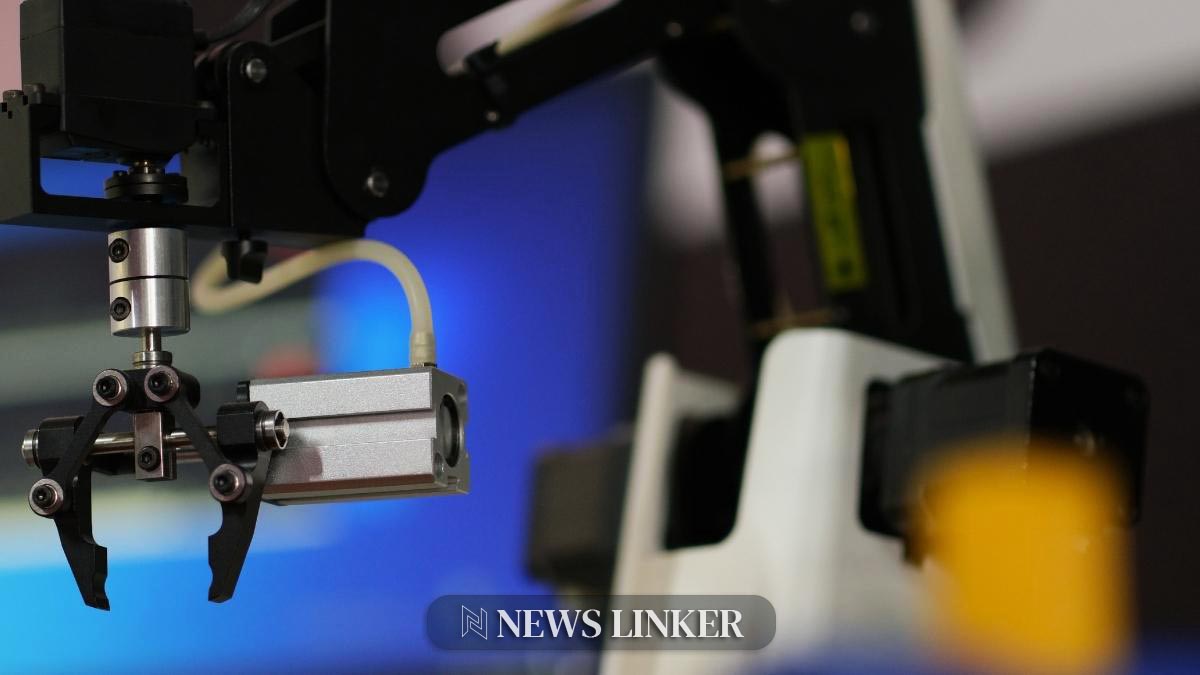In a groundbreaking joint venture spanning nearly two decades, researchers from Carnegie Mellon University have partnered with NASA‘s Jet Propulsion Laboratory to craft a robotic marvel, the Exobiology Extant Life Surveyor, known as EELS. Designed to emulate the flexible movement of a snake, this autonomous robot aims to navigate the ocean hidden beneath Saturn’s moon Enceladus’s icy surface in search of life. The EELS robot’s development marks a significant step in space exploration technology with its ability to traverse challenging terrains like ice and sand and penetrate deep craters and underground lava tubes.
Space Exploration’s New Frontier
The concept of exploring distant moons and planets for signs of extraterrestrial life has captivated scientists for years. Enceladus, with its icy crust cloaking an ocean, presents an intriguing site for such an investigation. The moon’s geysers, which expel water from beneath its surface into space, offer a potential entryway for EELS. The robot’s unique design, featuring corkscrew-like wheels, allows it not only to navigate icy surfaces rapidly but also to dive into these geysers in a quest to uncover life forms in the subsurface ocean.
Technological Innovation Drives Discovery
The EELS robot showcases the pinnacle of technological innovation, with Carnegie Mellon University’s team leading the charge in developing the controllers that propel this robotic explorer. Its snake-like form factor and ability to swim, an evolution from CMU’s previously designed swimming snake robots, play a crucial role in its functionality. The EELS stands out with its unique propulsion methods, combining the serpentine motion with the mechanical advantage of its corkscrew wheels to effectively move through tight spaces and across treacherous terrain.
Collaboration Sparks Progress
The collaborative efforts between CMU and NASA JPL were shepherded by personal connections, with CMU’s Howie Choset’s previous ties to Caltech and JPL sparking his involvement. The project also benefited from the recruitment of Rohan Thakkar, a researcher who previously worked in Choset’s group as a high school student. This personal connection underscores the importance of individual relationships in advancing scientific and engineering projects. The CMU team’s experience with robotic design, particularly with snake robots, was instrumental in the development of EELS for this ambitious extraterrestrial mission.
Exploratory robotics has seen substantial progress over the years. A report from “Engadget” titled “NASA’s Perseverance rover lands on Mars to look for signs of ancient life” delineates NASA’s Mars 2020 mission, which, like EELS, aims to search for life by deploying advanced robotics technology. Another relevant article from “The Guardian,” “Underwater robots to autonomously dock mid-mission,” discusses breakthroughs in autonomous underwater robotics, which parallel EELS’ ability to function in aquatic environments, showcasing the broad interest and advancements in robotic exploration across various territories.
Useful Information for the Reader
- EELS robot can autonomously navigate and propel through harsh terrains.
- Corkscrew wheels on EELS enhance its maneuverability on icy surfaces.
- Collaborations and personal connections significantly impact project success.
The creation of the EELS robot represents a leap forward in the quest to explore extraterrestrial environments and seek out potential life beyond Earth. As such technologies continue to evolve, they pave the way for profound discoveries in the vast expanses of space. This innovation promises not only to expand our scientific understanding but also to inspire future generations of engineers and explorers. With EELS poised to delve into the hidden ocean of Enceladus, the potential to answer age-old questions about life in the cosmos is within reach. The success of this project underscores the importance of technological innovation and collaborative spirit in pushing the boundaries of space exploration.










